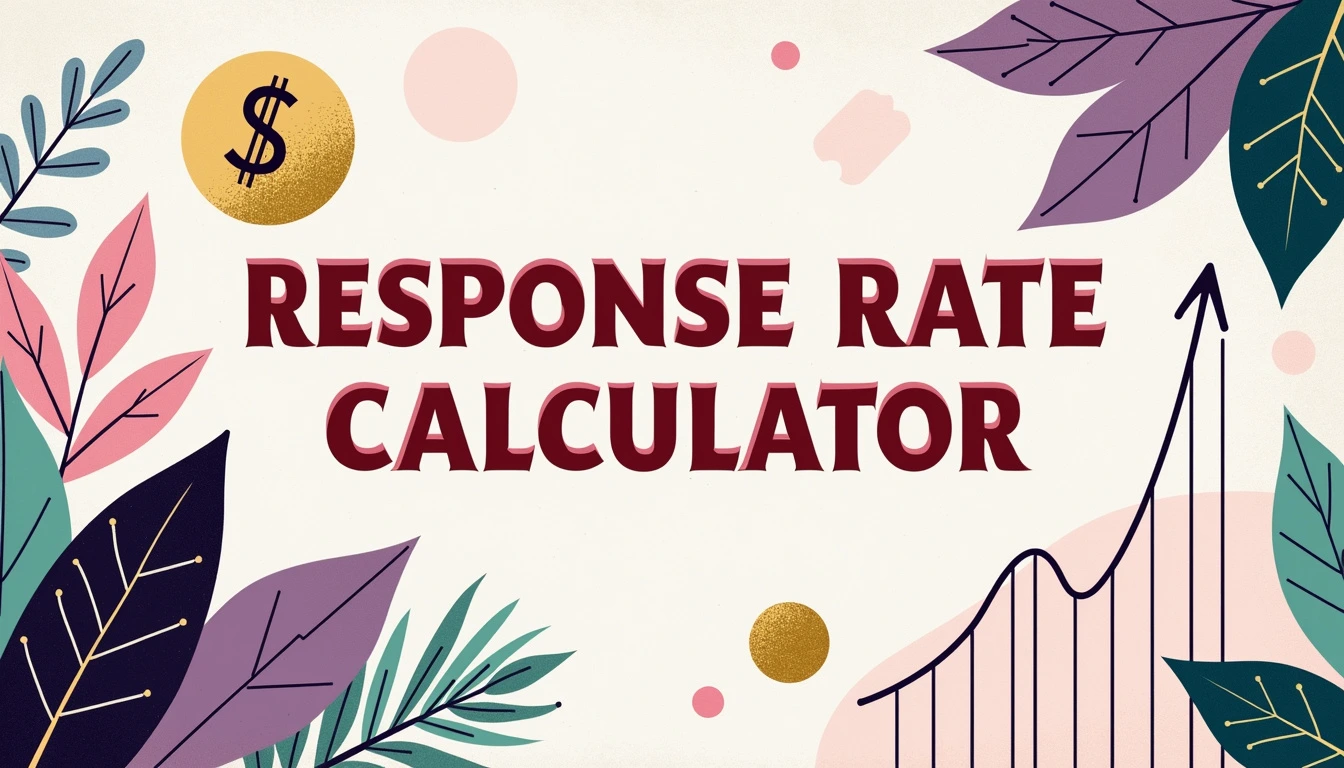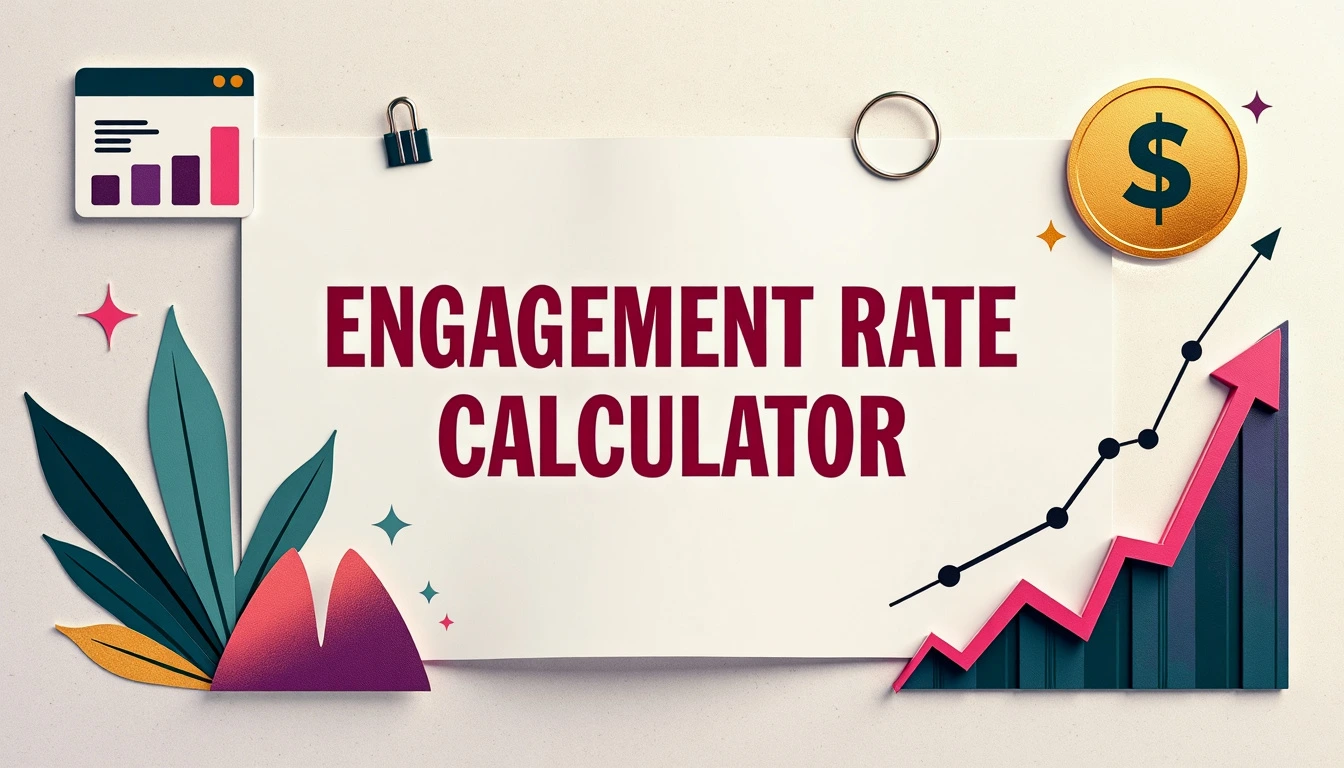Net Promoter Score (NPS) Calculator
Calculate your business's Net Promoter Score (NPS) using our free calculator below.
Net Promoter Score (NPS) Calculator
Calculate your Net Promoter Score (NPS) by entering:
- Number of promoters (customers who rated 9-10)
- Number of passives (customers who rated 7-8)
- Number of detractors (customers who rated 0-6)
Hover over the "ⓘ" icon next to each field for more information.
Net Promoter Score ⓘ NPS ranges from -100 to +100. A positive score is good, and an NPS of +50 is considered excellent.
What is Net Promoter Score (NPS) and why does it matter for marketers?
Net Promoter Score (NPS) measures customer loyalty by asking customers how likely they are to recommend a company or product to others on a scale of 0-10.
Customers who score 9-10 are Promoters, 7-8 are Passives, and 0-6 are Detractors.
For marketers, NPS is valuable because it provides a simple, standardized way to gauge customer satisfaction and predict business growth, since satisfied customers who actively recommend a brand are crucial for organic growth through word-of-mouth.
How to calculate Net Promoter Score (NPS)
To calculate NPS, first survey customers with the question "How likely are you to recommend us to a friend or colleague?" using a 0-10 scale.
Group responses into three categories: Promoters (9-10), Passives (7-8), and Detractors (0-6). Determine the percentage of total responses that falls into each group.
The final NPS calculation is simple: subtract the percentage of Detractors from the percentage of Promoters, ignoring the Passives.
For example, if you have 50% Promoters, 30% Passives, and 20% Detractors, your NPS would be 30 (50% - 20% = 30). The score can range from -100 (if everyone is a Detractor) to +100 (if everyone is a Promoter).
The limitations of Net Promoter Score (NPS)
NPS is a useful but simplified metric that may not capture the full complexity of customer relationships and their reasons for loyalty.
The scoring system, while straightforward, can sometimes group different levels of satisfaction together, such as treating moderate and strong detractors similarly.
Cultural and regional differences can influence how people rate services, as some cultures tend to avoid extreme scores.
While NPS provides a good benchmark for customer satisfaction, it works best when combined with other metrics and qualitative feedback to provide a complete picture of customer sentiment and specific areas for improvement.



